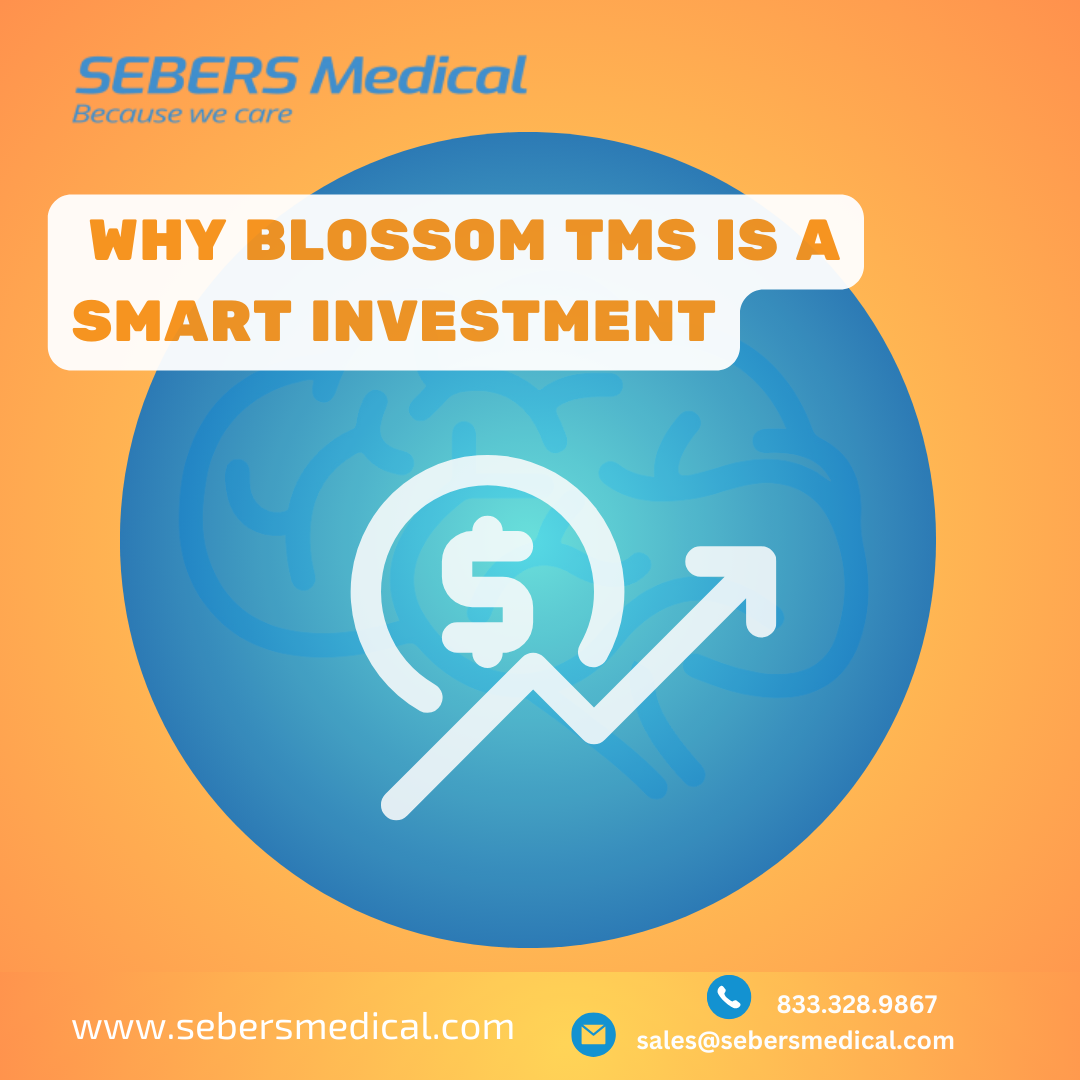Transcranial Magnetic Stimulation (TMS) has rapidly become one of the most effective treatments for depression and other mental health conditions. As its popularity grows, many clinic owners are asking themselves: how profitable is TMS, and what’s the best device to maximize that profit?
The Growing Demand for TMS
TMS is in high demand due to its efficacy in treating Major Depressive Disorder (MDD) without the side effects often associated with medications. Many clinics have turned to TMS as a reliable revenue stream, with a significant return on investment (ROI). Clinics performing TMS can charge between $225 and $300 per session, with treatment courses typically ranging from 30 to 36 sessions. This offers clinics a strong potential for profitability. However, maximizing profitability depends not only on demand but also on controlling costs—especially in terms of the device you choose.
The Hidden Costs of Pay-Per-Use Models
Some TMS devices on the market come with a pay-per-use model, meaning clinics must pay a fee for every treatment they provide. While this model might seem manageable at first, these fees can accumulate over time, significantly reducing profits.
Let’s break it down:
• Even a conservative estimate of 3 patients a month on average, that is over 600 sessions in a year. At a pay-per-use rate of $65 per session, this can amount to an additional$39,000 annually—on top of the device’s initial cost.
• Pay-per-use models often require special caps or coils that need frequent replacement, increasing operational costs and further reducing profitability.
Blossom TMS: Designed for Long-Term Savings
The Blossom TMS device offers a clear advantage by eliminating the pay-per-use model entirely. With no costly disposables or session fees, clinic owners can retain more of their revenue. Here’s how Blossom TMS helps clinics save:
* No Pay-Per-Use Fees: Unlike other models, Blossom TMS doesn’t charge clinics for each session, providing a predictable cost structure.
* No Expensive Disposables: Blossom TMS is built for long-term use, with industry-leading coil cooling technology that reduces the need for frequent replacements.
* Energy Efficiency: Blossom TMS runs on a standard 120V US outlet, reducing energy consumption and operational costs.
Maximizing ROI with TMS
With the right TMS device, clinic owners can achieve a strong ROI. Clinics offering TMS treatments can generate large earnings annually, depending on session pricing and patient volume. Without the burden of pay-per-use fees, these earnings translate more directly into profit.
When comparing TMS devices, it’s important to consider not only the upfront cost but also long-term expenses tied to disposables, pay-per-use fees, and energy consumption. Blossom TMS stands out for its cost-effective design that supports clinics in providing quality care without hidden overhead costs.
The Takeaway
For clinics looking to expand into TMS, profitability is well within reach—especially when avoiding costly pay-per-use models. By choosing Blossom TMS, you’re investing in a future of predictable costs, enhanced treatment options, and long-term profitability.





